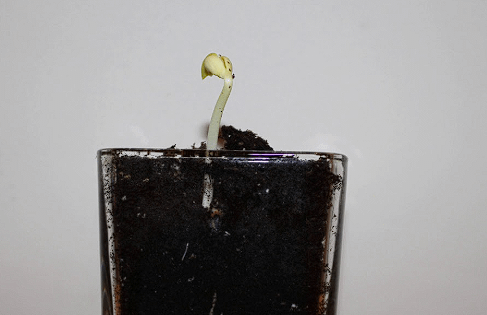Recent advancements in space agriculture have emerged as critical for long-duration human missions to celestial bodies. The Indian Space Research Organisation (ISRO) successfully germinated black-eyed pea seeds in space as part of its Compact Research Module for Orbital Plant Studies (CROPS). This milestone marks the potential for sustainable food sources during extended space travel, addressing both nutritional needs and psychological well-being of astronauts.
ISRO’s CROPS Initiative
Challenges of Space Agriculture
Growing plants in microgravity presents unique challenges:
Methods of Cultivation
Plants in space can be grown using the following methods:
Technical Specifications of CROPS-1
Germination Process
After launch, water was injected into the soil medium, initiating germination. Sensors monitored carbon dioxide and oxygen levels, indicating plant growth. On the fourth day, sprouting was observed, and by the fifth day, two leaves had emerged.
Ideal Plants for Space
Plants selected for space cultivation are fast-growing and nutrient-rich. Leafy greens like lettuce and spinach are ideal, along with beans for their protein content. Root vegetables and grains like wheat and rice are also suitable for long-term sustenance.
Future Prospects
The next phase of the CROPS initiative will focus on extended growth periods, aiming for plant development beyond the two-leaf stage. This will involve active control systems to manage environmental factors, ensuring sustainable plant growth in space.

Leave a Reply